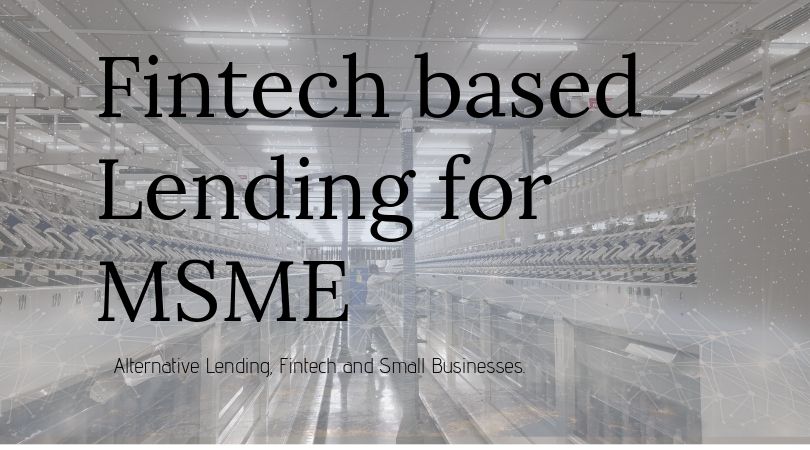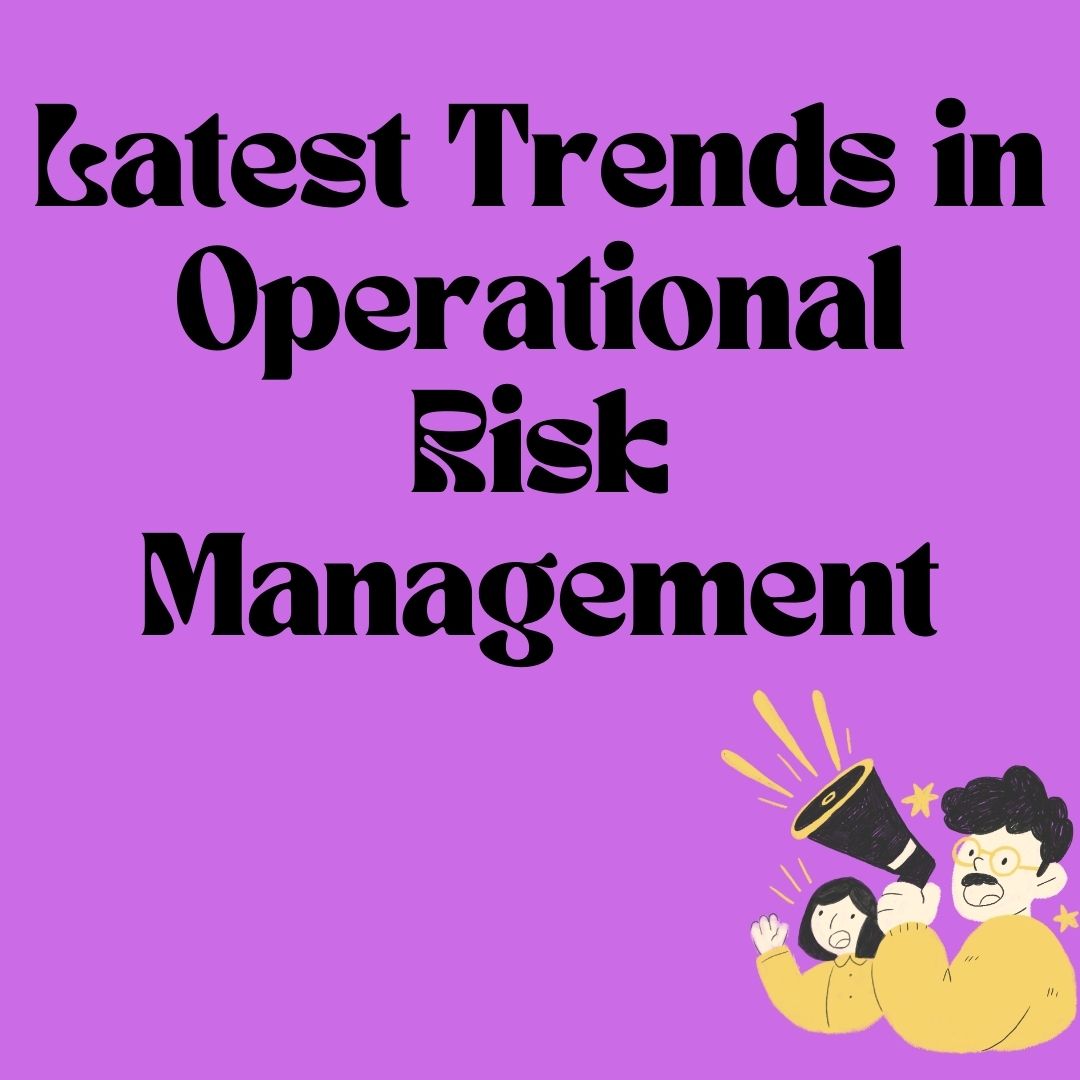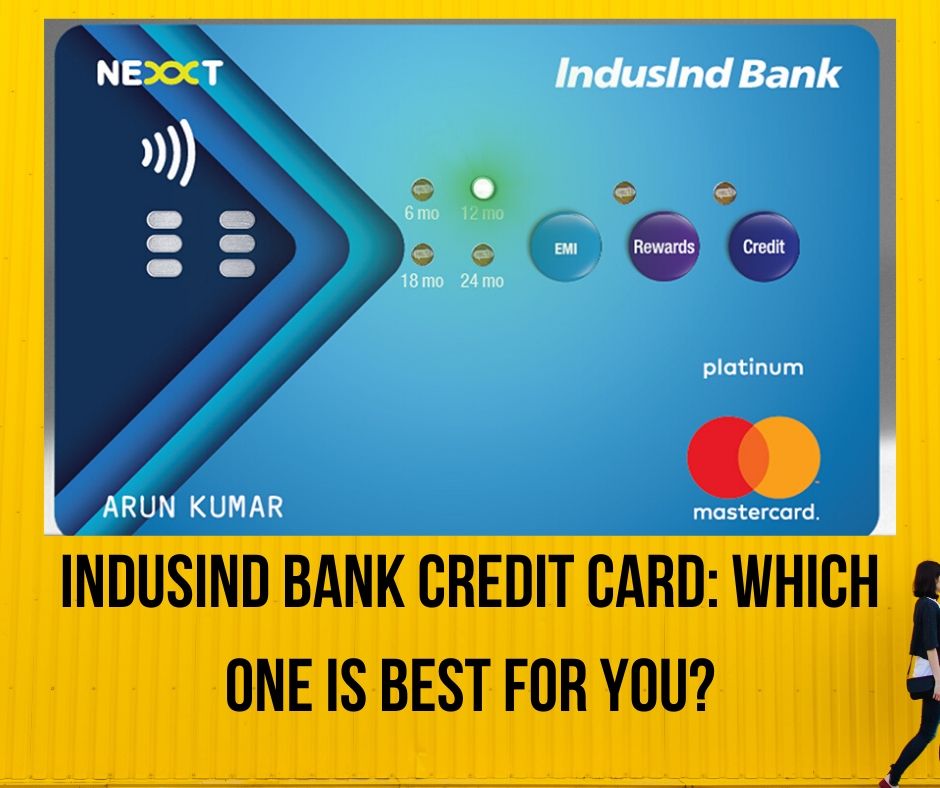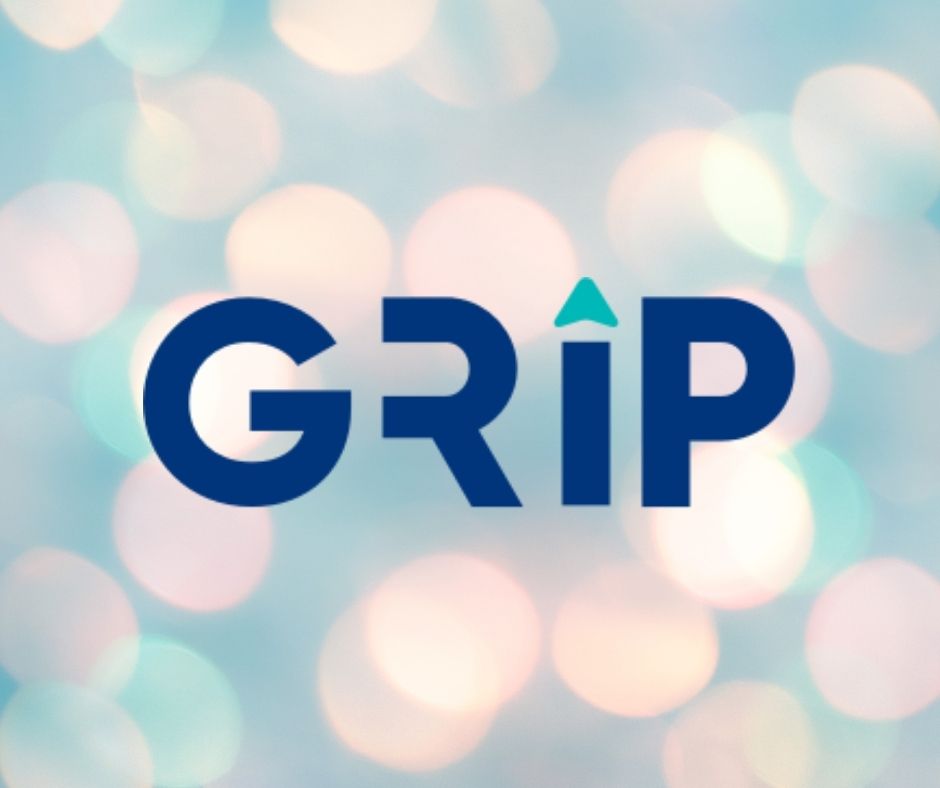Fintech Lending for MSME
- 21 June 2019 | 2156 Views | By Mint2Save

The vitality of micro, small and medium industry doesn’t need any explanation when understood in context of the Indian industries. Additions of this sector towards the economy is unprecedented and has aided the GDP figures massively.
The government has fairly acknowledged the potential and contributions of this sector and did introduce a thoroughly designed Micro, Small & Medium Enterprises Development (MSMED) Act, 2006. The act classified industries into the aforementioned sectors based on their investment in plant and machinery. Many states have formulated their own industrial policy based on this act, in order to accelerate regional development. Further, almost all financial institutions, ranging from banks to NBFCs, have sensed the opportunity in the MSME sector and have launched plethora of products and services. These products and services range from day to day banking solutions to long and short term finances.
However, aforementioned policies, products and services haven’t been any close in producing anticipated results. Reasons for the same can be owed to the following:
(a) Heterogeneous sector in terms of technology, product and service variety, size of enterprises.
(b) Government Regulation and Taxation Policy.
These factors result in hindering the MSME’s from achieving expected growth, in terms of financial as well as non financial terms.
Most of these problems persist to lack of sufficient funding and delay in finances.
On global levels, securing finances for MSMEs has historically been regarded as a herculean task. With limited access to capital market, MSMEs tend to depend on non-banking finance companies and even tend to approach informal financial system. This mess of financial assistance is quite evident as it is accepted by banks as well as MSMEs.
Banks, are inclined towards a conservative method to quantify risk and assess lending requirements of MSMEs. MSMEs, on the other hand, are adversely impacted by inability to satisfy banks’s requirements. Plaguing them is also the limited information they are able to generate, which is often deemed insufficient for banks. Hence, the processing for MSME based advances is indeed a stringent task, and is awfully time consuming.
In a large number of MSMEs, lack of experience in communicating with bankers plays spoilsport; even when communication is not the hurdle, MSMEs’ inability to offer usual mitigants such as tangible collateral, inhibit the deals. In yet other cases, delays in sanction and disbursement of loans to MSMEs lead to cash flow problems taking management attention away from technological upgradation and innovation.
Seeking an opportunity into the lending hurdles in the formal financial sector, several alternate lending companies have come into existence. These companies make use of sophisticated technologies that include machine learning, data analysis and artificial intelligence.
Reduced paperwork, ease of access, simpler terms and conditions, round the clock support etc., are few of many features that are attracting MSMEs to reach out the alternative method.
In this article, we shall explore some of the internet based lenders which have concentrated towards unbanked portion of the MSMEs. These lenders are RBI certified and hence, are expected to be transparent in pricing of their products, processing fee and data integrity.
- Ziploan: Boasting of collateral free loans with nil pre-payment charges, Ziploan aims to bring easy finance options to small businesses. Based out of New Delhi, Ziploan claims to provide finances pertaining to : (a) Business Expansion, (b) Meet the Cash Flow Gap, (c) Working Capital Requirement, (d) Inventory Management / Enhancement, (e) Purchasing of new equipments for business. Loan application via Ziploan get accepted and loans are disbursed within a span of -3- days.
- Indifi: From franchise to business expansion and service enhancement, Indifi provides tailored loan products suitable to one’s business requirement. Requiring only basic business details and KYC, this business uses multiple algorithms to analyse a loan proposal. Based on its intensive over the sector, business, credit history of business owners etc., the firm offers loan products. Further, loan products offered are of several types such as term loan, working capital limit, overdraft and of course, line of credit.
- Capital Float: Over half a decade old into the business, Capital Float has been instrumental in catering small businesses since a long time. Explicitly comparing with PSU banks, private banks, NBFCs and money lenders, the firm claims to be friendlier, affordable and offers less turn around time in loan processing. This lender offers loans of upto -12- months, where credit facilities such as supply chain finance, merchant cash finance, term finance etc., are available. Being a veteran, when compared to peers, this firm has a satisfactory network of offices all over the world.
- Cash Suvidha : This online lending platform credits the customer’s account within -2-3- days of sanctioning of loans. It offers loans with tenure of 6-24 months with varied interest rates. The same depends on profile of the firm, CIBIL score / relevant credit score of the applicant firm as well as its promoters.
- LendingKart: Another experienced NBFC in the alternate lending scenario, Lendingkart has disbursed loans worth of more than 170 millions since its inception in 2014. With a feature of monthly interest rates, tailored loan products and flexible repayment, Lendingkart’s fintech capabilities in assessing customers have pioneered the fintech lending industry. This firm even has a separate scheme of e-commerce based businesses. Further, it has separate scheme for women also.
- PSBLoan in 59 minutes: Staring at the game changing competition brought in by the new age money lenders, the Govt of India, along with some of the primary PSU banks, and SIDBI. Launched less than a year ago, this portal has canvassed massive business in MSME lending arena.
As the name suggests, this portal can process MSME loans in less than an hour. Loan ticket sizes may vary from 1 million to 50 million, and the interest rates depend on the risk perceived from the industry. Not exactly a lending company, this portal is a collaboration of various public sector banks. The interested customers can register, upload their sales related returns, KYC documents, etc. These are further assessed by an algorithm and output consisting of loan amount, rate of interest, tenure etc., are informed to the prospective borrower as well as the bank which the borrower seeks to deal with. Upon obtaining this in-principle approval, the firms can banks with documents as instructed in due course of applying at the portal.
Difference in Documentation between Conventional MSME Lending and Fintech based Alternative Lending
When browsing through the websites of fintech lenders, they boast of less focus on paper work and more towards the needs of the applicant MSME. In case of small businesses, it is indeed true that paperwork is not something they are known to be good at. This does create a lot of miscommunication between the applicant as well as the lending bank. Banks seek a disciplined approach towards paperwork, while industries seek the bank to be empathic and focus on their needs, rather than its own.
With identities being shifted towards the internet, fintech firms have taken benefit of online compliance of almost all documents, be it PAN card verification or verifying authenticity of GST returns. Let us compare the documents sought by a lender during a conventional MSME lending process to that of a fintech based one.
Following documents sought by a bank under Conventional Lending Process:
| Sr.No |
Particulars / Documents |
| 1 | APPLICATION FORM (AS PER BANK’S RESPECTIVE FORMAT) |
| 2 | AUDITED BALACE SHEET FOR THE LAST 3 YRS ALONG WITH ALL NOTES AND AUDIT REPORT. |
| 3 | CMA DATA ALONG WITH FUND FLOW STATEMENT AND CASH FLOW STATEMENT, PROFITABILITY PROJECTIONS, DEPRECIATION CALCULATION SHEET, INTEREST CAL. SHEET, REPAYMENT SCHEDULE & DSCR CAL.SHEET.IMPLEMENTATION SCHEDULE, SENSITIVITY ANALYSIS |
| 4 | PROJECT PROFILE FOR TERM LOAN. |
| 5 | QUOTATION FOR THE MACHINES/EQUIPMENTS TO BE PURCHASED |
| 6 | ESTIMATES (ABSTRACT SHEET) OF APPROVED ENG.FOR CIVIL CONSTRUCTION |
| 7 | COPY OF APPROVED PLAN FOR PROPOSED CONSTRUCTION |
| 8 | COPY OF MARKET STUDY REPORT/TEV STUDY REPORT IF APPLICABLE |
| 9 | COPY OF PERMISSION/LICENSE FOR SETTING UP THE UNIT AND TO CARRY OUT THE ACTIVITY |
| 10 | POLLUTION CLEARANCE FOR AIR, WATER SOLID WASTE FROM APPROPRIATE AUTHORITY i .e.
CONSENT TO ESTABLISH FOR TERM LOAN CONSENT TO OPERATE FOR WORKING CAPITAL |
| 11 | MEMORANDUM & ARTICLE OF ASSOCIATION IN CASE OF PRIVATE/PUBLIC LTD.CO. |
| 12 | COPY OF LATEST SEARCH REPORT WITH FINANCIALS FORM ROC IN CASE OF CO. |
| 13 | DETAILS OF PRESENT BANKING ARRANGEMENT AND BANK A/C STATEMENT FOR LAST 12 MTHS. |
| 14 | DETAILS OF ASSOCIATE/SISTER CONCERN & THEIR BANKING ARRANGEMENTS. |
| 15 | COPY OF LAST AUDITED B/S.OF ASSOCIATE/SISTER CONCERN |
| 16 | SHARE HOLDING PATTERN IN CASE OF CO.(PRESENT & PROPOSED) |
| 17 | VALUATION REPORT & TITLE CLEAR REPORT OF THE PROPERTIES. |
| 18 | JUSTIFICATION OF FACILITIES REQUIRED i.e. TL, CC,BG,LC etc. |
| 19 | PROFILE OF THE PROPRIETOR /PARTNERS / DIRECTORS/COMPANY/FIRM |
| 20 | MONTH-WISE PRODUCTION, SALES, PURCHASE, DEBTORS, CREDITORS, STOCK ETC.FROM APRIL’13 TILL DATE. |
| 21 | MANUFACTURING PROCESS & LIST OF MAJOR CUSTOMERS AND SUPPLIERS |
| 22 | DETAILS OF CHANGE IN CONSTITUTION DURING THE YEAR IF ANY. |
| 23 | COPY OF AGREEMENT FOR PURCHASE OF LAND & BUILDING FROM BANK LOAN. |
| 24 | COPY OF SANCTION OF POWER FORM ACE/RPCB |
| 25 | DETAILS OF COLLATERAL SECURITY OFFERED. |
| 26 | BRANCH FORWARDING IN FORMAT |
| 27 | Income Tax Returns with Asset / Liability Statement |
| 28 | DULY VERIFIED KYC DOCUMENTS |
| 29 | PRE SANCTION INSPECTION REPORT IN FORMAT |
| 30 | CA CERTIFICATE REGARDING ORIGINAL INVESTMENT IN PLANT AND MACHINERIES IN CASE OF PROPRIETORSHIP/PARTNERSHIP FIRMS TO ASCERTAIN CLASSIFICATION OF UNIT. |
FURTHER FOLLOWING DOCUMENTS ARE TO BE ATTACHED WITH ASSET / LIABILITY STATEMENT FOR EACH APPLICANT/GUARANTOR
- LATEST PHOTOGRAPH OF EACH APPLICANT/GUARANTOR/PARTNER/DIRECTOR ETC
- RESIDENTIAL PROOF(MUNICIPAL TAX BILL/ELECTRIC BILL)
- COPY OF 3 YRS I.T. RETURN & PAN CARD
- PROOF OF IMMOVABLE PROPERTY(COPY OF SALE DEED, SHARE CERT. MUNI.TAX BILL, ALLOTMENT LETTER)
- COPY OF LATEST PR.PAID RECEIPT OF INSURANCE POLICIES.
- PROOF OF ALL OTHER INVESTMENTS(NSC,PPF,SHARES,FDR, M/FUND ETC)
- COPY OF BANK ACCOUNT STATEMENT FOR LAST 6 MONTHS OF ALL BANKS
- COPY OF R.C.BOOK/BILL OF VEHICLES OWNED
As evident from above, conventional lending means a lot of documentation, and that too before the loan is even processed or even sanctioned. They further increase after loan is sanctioned. This creates a lot of fuss for industries as majority of them do not possess the skill of maintaining high degree of documentation.
In extreme contrast to the above requirement, fintech based lending requires a firm to submit only it’s KYC, turnover report accompanied with bank account statements and returns filed.
In coherence with the documentation, the timelines of these two MSME lending practices are also in contrast. Alternative lending is 21st century product, which is still in its development phase and shall go through many new forms and processes to create a new picture altogether.
On the other hand, conventional SME lending has reached to the very roots of MSMEs and many of the borrowers still prefer it on the grounds of trust and banking relationship issues. It is uncertain that for how long this trend would follow as alternative lending is making its presence stronger each day.
Only when the concerns pertaining to proper channel financing, i.e., formal financing of MSME’s are solved, we can imagine a scenario where there are no issues regarding manpower, infrastructure, rent, delayed payments to vendors / employees, availing of services and thus, economies of scale shall be justified.
The units can foster tremendous amount of growth and can look upon to match global standards of technology delivery and efficiency. This would in turn result in further acceleration of MSME and create a cycle of sustainable business techniques. Gross Domestic Product or GDP, would then accelerate towards a higher gear of economic development.









